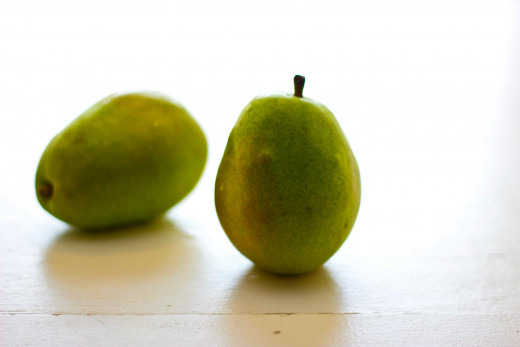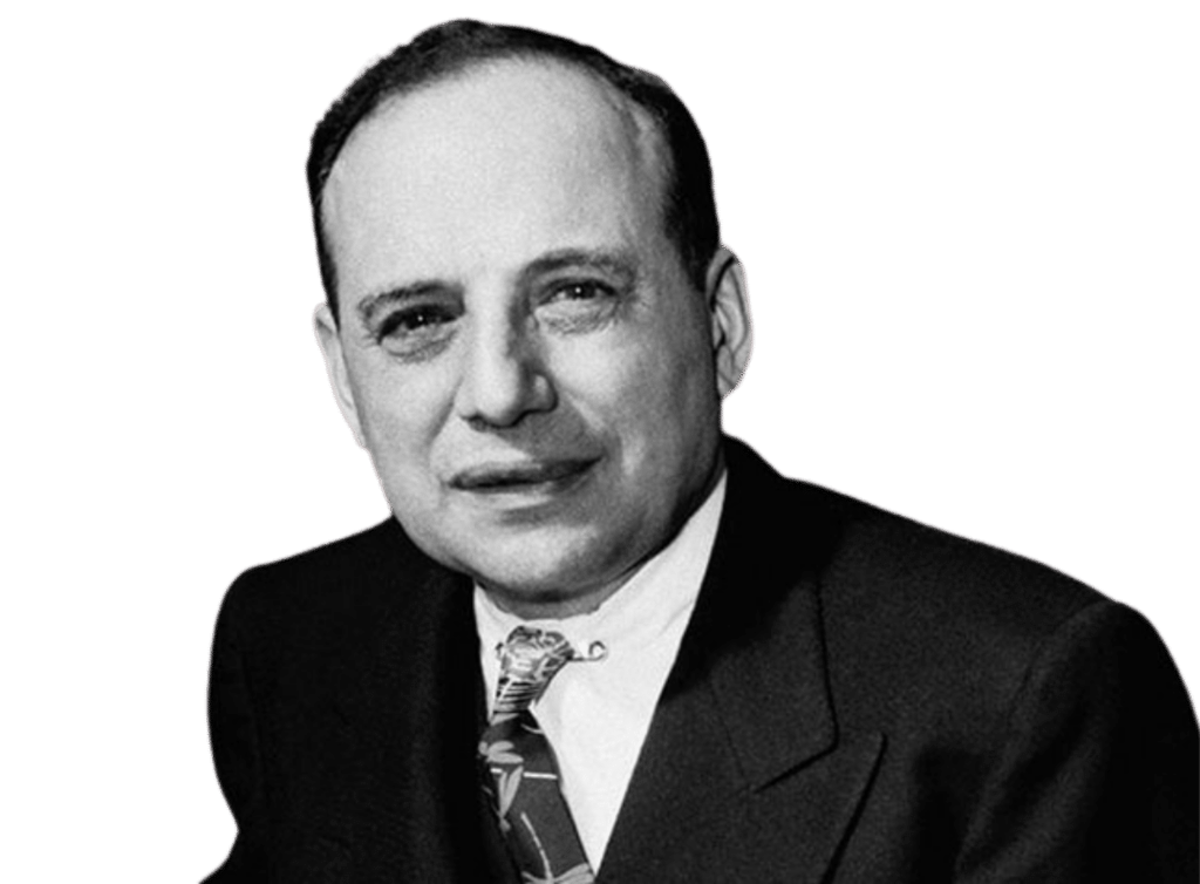Intuitive Eating - A Realistic Approach to Weight Management
Stop Dieting and Start Listening to Your Body

What is Intuitive Eating?
What is the highest grossing yet most unsuccessful industry today? The dieting industry - one that grosses hundreds of billions of dollars each year with a success rate of less than 5%.
This begs the question - why do we keep dieting? Shouldn't there be an easier way to approach healthy eating?
Actually, there is. Its known as intuitive eating.
Intuitive eating is the eating style with which we were all born. It consists of listening to your body signals, like hunger and fullness. It relies on no longer allowing food and unattainable standards of beauty to rule our life.
Intuitive eating is contradictory to almost everything we have grown to associate with food and exercise. It ignores things like calories ingested, calories burned, and images of how we are "supposed" to look.
When we follow our intuitive eater, no foods are bad or good. Instead, food is viewed as nourishment needed to keep us healthy. Exercise is no longer a way to negate ingested calories, but a way to strengthen our body and keep us healthy.
Intuitive eating is how we learn to make peace with food.
What Kind of Eater are You?
Before you can embrace intuitive eating, you have to identify what type of eater you have become. Almost all of us have acquired habits throughout life that have turned us into the eaters we are.
Some of us eat to help us cope with strong emotions, others view eating as a chore that interferes with their already hectic schedules, and even more people look at eating as a competition where everyone is fitting to eat the healthiest, look the healthiest, or be the healthiest.
All of this has moved us away from our intuitive eater.
Deciphering the type of eater you have become is the first thing you need to do before trying to find your intuitive eater. The most common types of eating styles include the professional dieter, the careful eater, the chaotic unconscious eater, the emotional unconscious eater, and the refuse-not and waste-not unconscious eater.
Intuitive Eaters Don't Shame Their Bodies or Food Choices

Intuitive eating isn't as easy as it sounds. As a recovered anorexic, this book was instrumental to me and helped me learn to make peace with food.
The Principles of Intuitive Eating
The core principles of intuitive eating revolve around biological hunger and satiety. These ten principles can help release you from the prison of dieting and food obsession and allow you to make peace with food.
The ten principles of intuitive eating include:
- Reject the mentality of dieting by not listening to news about fad diets, magical weight loss cures and unrealistic standards of beauty.
- Learn how to honor your hunger by eating when you are hungry and stopping when you are full.
- Begin to make peace with food by making no foods off limit.
- Challenge the food police that cause you to label foods as good or bad.
- Recognize your body signals, such as hunger and fullness. Eat slowly while avoiding other distractions so you can begin understanding the feelings of satiety.
- Find pleasure in eating by allowing yourself to savor the foods you love.
- Stop using food to help you deal with emotions. When the chips are finished, the sadness will still be there.
- Start to respect your body and all that it does for you. Start to view food as medicine necessary to help the body function.
- Exercise when you want and how you want in order to be healthy. Stop exercising because you feel like you have to, or because you ate too much.
- Eat to live, don't live to eat. A life ruled by food is no life at all.
A Summary of Various Eating Styles
Eating Style
| Trigger
| Characteristic
|
|---|---|---|
Careful Eater
| Fitness and health
| Appears to be a perfect eater but is preoccupied with thoughts of calories, grams of fat and how food effects the body.
|
Unconscious Eater
| Eating while preoccupied
| This type of eater is often unaware that he/she is even eating. They eat while working, watching television or using the computer.
|
Chaotic Unconscious Eater
| Busy, hectic schedules
| This type of eater is always on the run and doesn't think spending time focusing on nutrition or fitness is necessary
|
Refuse-Not Unconscious Eater
| Being around food
| This type of eater struggles with self-control when around food. They may feel like they have tried so many times to control their eating that it is no longer worth the effort
|
Waste-Not Unconscious Eater
| Free food or uneaten food
| This eater has a waste not, want not attitude; they believe in getting as much bang for the buck as possible that they sacrifice nutrition for convenience
|
Emotional Unconscious Eater
| Strong emotions
| This eater turns to food when strong emotions come on; they usually eat alone
|
Professional Dieter
| Feeling fat or out of control
| This eater is always on a new diet but rarely can maintain a healthy weight
|
Intuitive Eater
| Biological hunger and thirst
| This eater chooses food based on their hunger, not emotions; they stop when they are full and is able to enjoy food
|
Do you think that you listen to your intuitive eater?
Barriers to Intuitive Eating
If intuitive eating was easy, we all would be able to master it. Unfortunately, we have lost touch with our true hunger signals and have become obsessed with weight, fitness and calories.
Believe it or not, there once was a time when most people listened to their body. They ate when they were hungry, they stopped when they were full, and they exercised for health, not image.
Over time, we have allowed obstacles to pop up that interfere with our inner eater. We have become image-obsessed people who fear fat- something our body desperately needs.
Here is a list of common barriers that interfere with our ability to listen to the intuitive eater within each of us:
- Fad diets
- Messages from the media regarding how we should look and what we should eat
- Hectic schedules that place food and exercise at the bottom of our list of priorities
- Easy access to unhealthy food
- Unrealistic standards of beauty
Intuitive Eaters Listen to Their Biological Hunger and Satiety Cues

How to Unlock Your Intuitive Eater
Stage One - Hitting Rock Bottom
This stage is the beginning of a beautiful journey that ends with intuitive eating. At first, trying to find your intuitive eater will probably be difficult, but at this point you are so tired of dieting and obsessing over weight that you are willing to try anything. You realize that you have lost touch with your biological hunger, your negative self talk has gotten out of control and you have hit dieting rock bottom.
Stage Two - Exploration and Discovery: Reaquinting Yourself with Intuitive Eating
When you reach stage two, you are desperate to find a healthy relationship with food. You are now actively trying to honor your bodies hunger, as well as its fullness. You are fighting against the negative self-talk you have gotten used to and are learning to listen to what your body truly needs.
Stage Three - Awakening Your Inner Eater
At this stage, your intuitive eater has been awoken, and the focus shifts to keeping it awake. You are most likely making food choices that are healthy and smart without having to put thought into it at all. When you decide to exercise, it is because you want to do so for your own health, not to burn off calories or negate a "forbidden food" that you just ate.
Stage Four - Embracing Intuitive Eating
You are becoming more comfortable with intuitive eating by this point. You aren't at the end of your journey, but by now, you can recognize hunger, as well as fullness. You no longer have forbidden foods and your self talk has gotten much quieter, if it has not gone away completely yet.
Stage Five - Enjoying Food, Enjoying Life
This is the final stage, which means that you now know how to honor your hunger, as well as your fullness. You exercise because you enjoy exercising, not because you feel like you need to exercise. Food has become a pleasure again, and life is more of a joy.
© 2014 Kathleen Odenthal









